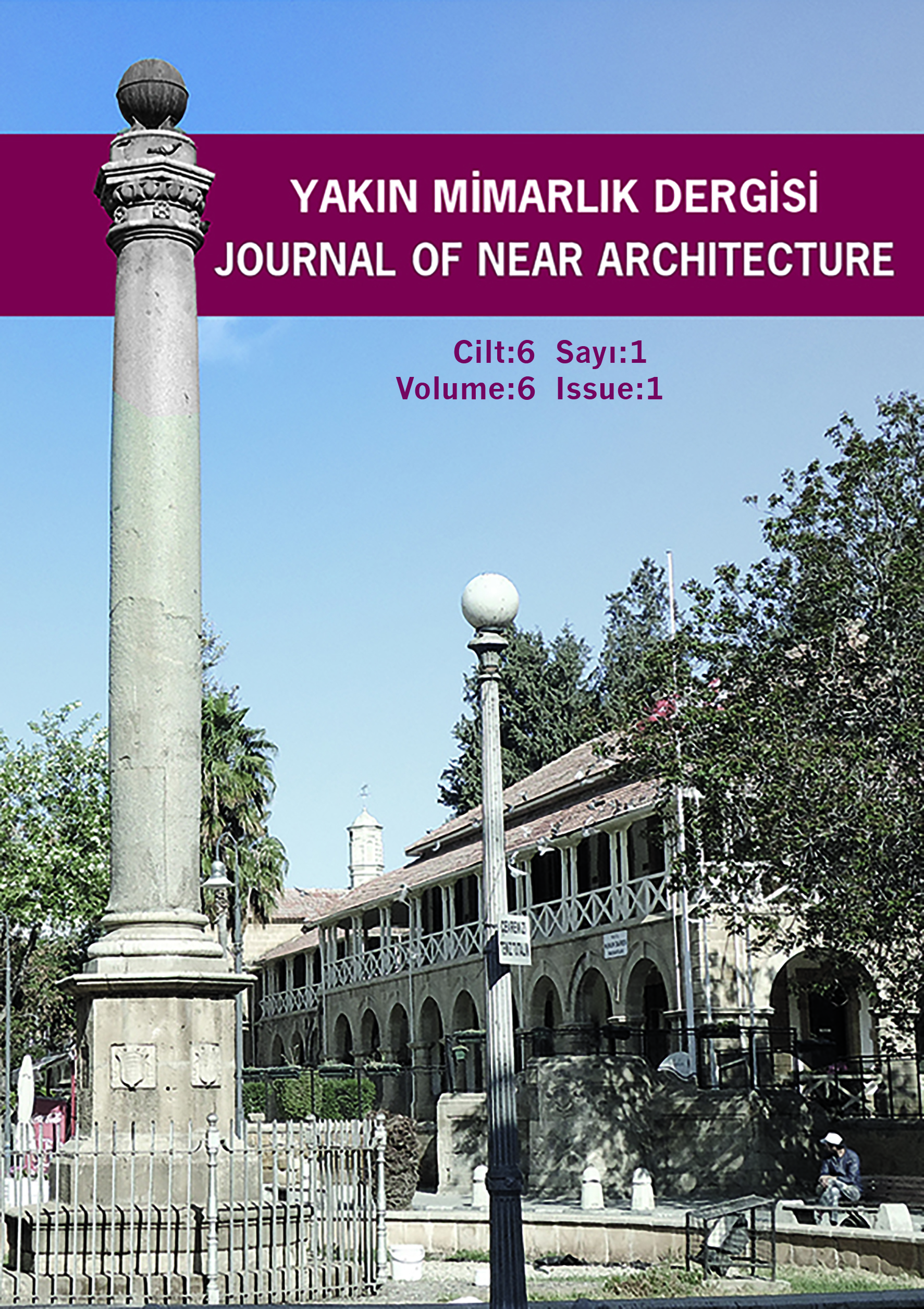Evaluation of Levantine Gardens in the Context of Cultural Heritage Awareness
DOI:
https://doi.org/10.32955/neujna202261473Keywords:
Levanten, Peyzaj mimarlığı, Levanten bahçeleri, Levanten köşkleriAbstract
Historically significant settlements, in which we have lived from past to present, were formed and developed in different periods, within different understandings, social, economic and cultural inputs. The multinational and layered structure of these settlements is due to the various identities and origins formed due to the data in question and the spatial structures they reveal. Since ancient times, Turkey, an Eastern Mediterranean country and used by different communities, especially European-origin societies, came to Istanbul, Izmir, Mersin and Hatay for commercial, religious, and educational purposes certain rights granted by the Ottoman Empire. Spatial structuring can be cited as the most obvious way of reflecting the unique cultural, local and social characteristics of these societies and their identities. With the westernization movement that continued its influence in the 19th century, the Levantines brought their habits and traditions into daily life following the cities' environmental and geographical characteristics. They have shaped the area they live in different forms and styles, from the street they live into their places of worship. These differences are most evident in the fields of architecture and art, in the houses they live in and in their gardens. The Levantines, with their homes reminiscent of their castles and mansions in Europe, and their gardens designed in the European style, led a remarkable life in the regions where they settled. In this study; These houses, which were built using many different architectural styles, and their gardens with different approaches, will be examined in terms of landscape architecture.







